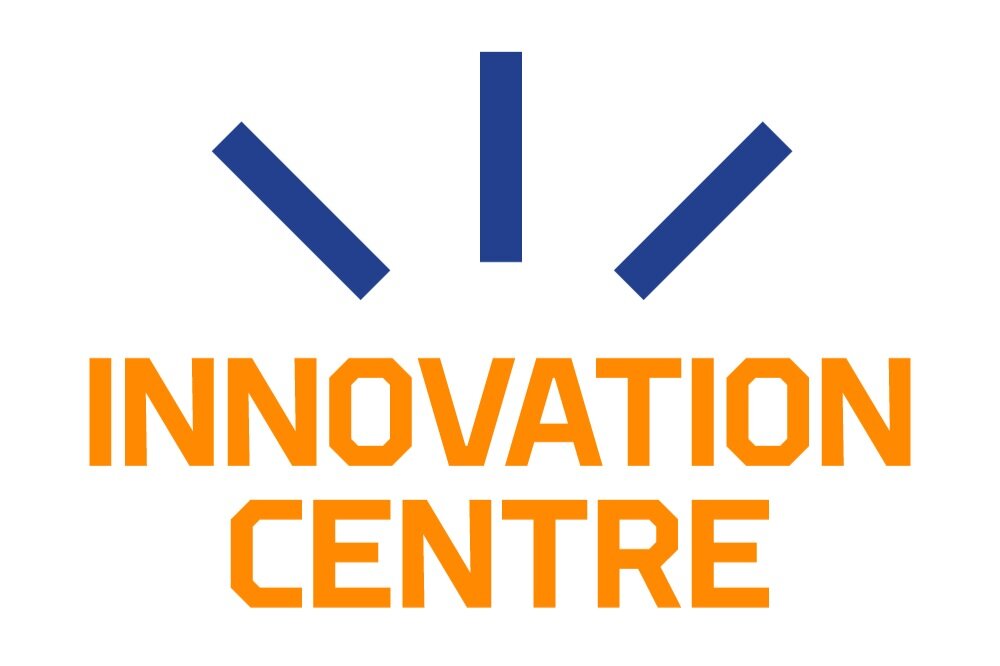Water purification method developed by a University of Oulu researcher saves both the environment and money
Arto Pikkarainen builds a pilot of the CAAMA project in a sea container in the University of Oulu's yard.
Researcher Arto Pikkarainen opens the doors of the six-meter sea container. Behind him, there is a construction he has built himself consisting of water tanks, water pipes, pumps and various valves.
"This is where I'm going to live for a while now," he laughs.
Pikkarainen is developing a pilot of the CAAMA (column-casted alkali-activated material adsorbent) water purification process in the container in the University of Oulu's courtyard. The idea for CAAMA was originally inspired by Pikkarainen's research.
"I have 25 years of experience in water purification in various industries. I put all my know-how together in my PhD thesis and through that into this one product. You could actually call this my life's work," says Pikkarainen.
New method recovers up to 100 % of metals
The CAAMA process offers a cheaper, more efficient, sustainable and environmentally friendly solution for cleaning mine wastewater than what is currently available on the market. The process, developed at the University of Oulu's Sustainable Chemistry research unit, includes the preparation, use, washing and recycling of the water purification material back into the process.
The adsorbent, a substance into which the metal is absorbed, is made from kaolin clay using environmentally safe, non-toxic and organic chemicals. The adsorbent is poured directly into columns, vertical pipes through which the waste or process water passes. The metals are then recovered by counter-current washing and the column can be used again.
Laboratory tests have shown that the material developed is up to 20 times more effective than the commonly used activated carbon adsorbent. Depending on the water and the metals present, the process has recovered on average between 95 and 100 % of the metals.
"Metals are starting to run out of the soil and this process will allow us to recycle as much of them as possible. The process can also increase security of supply for Finland and the EU. In this unstable global situation, it would be quite a blow if, for example, copper ran out of soil, as is estimated to happen within 50 years," says Pikkarainen.
In addition, the adsorbent manufacturing process is much more environmentally friendly than other alternatives. In the production of existing adsorbents, temperatures can reach up to thousands of degrees Celsius, but Pikkarainen's adsorbent can be made at temperatures of 60-70 degrees Celsius.
From sea container to mines — and also other industries in the future
At the beginning of June, the process will be taken to the real mining waters. Preliminary agreements for testing the material and the process have already been signed with major mines in Northern Europe. There is a need for new innovations, as the mining industry has been using the same methods for water purification for decades. In addition, mining liability and ever stricter environmental standards require the introduction of new inventions.
"CAAMA is a very timely, environmentally friendly and cost-effective innovation that can be scaled up almost anywhere. Currently, the process focuses on the purification of mining wastewater, but in the future, it can be used in other industries such as batteries, steel, pulp, paper and textiles," says Pikkarainen.
The CAAMA project has been granted Business Finland's Research to Business funding and commercialisation of the process is already well underway. In addition to two researchers, the project involves a commercialisation team of three people. Pikkarainen's next step is to set up a start-up and continue development and research.
CAAMA competes for the Chemical Industry’s Innovation Award
The potential of the new method is also demonstrated by its place in the final of the chemical industry’s Innovation Award (Innovaatiopalkinto), which Pikkarainen and his research partner Minja Korhonen were shortlisted for.
Every two years, the chemical industry rewards industry players with a 30 000 € Innovation Award. The aim of the prize is to encourage research and product development teams in companies, universities and research institutes to create new products and services. Being a finalist is a great achievement for doctoral researchers, as previous years' finalists and winners have included big names such as Orion Pharma, Fortum, Neste and Kemira.
"We are thrilled to be in the final! In this competition, we are in the same group with really big players, some of which have done research for their solutions for a decade," says Pikkarainen.
"This is really great. Not every doctoral researcher gets this kind of recognition," continues Minja Korhonen.


